Last Updated on March 24, 2025 by Packoi Team
It won’t just ban you from shipping perishable foods if you fail to comply. Your customers may be in danger of consuming products that might cause them harm.
It’s your responsibility to ensure the well-being of your customers, not just for their sake but also for the growth and profitability of your business.
In this article, you’ll explore the different rules and tips that will help you package food products in shipping boxes without compromising their integrity while in transit.
6 Important Rules When Shipping Food Products
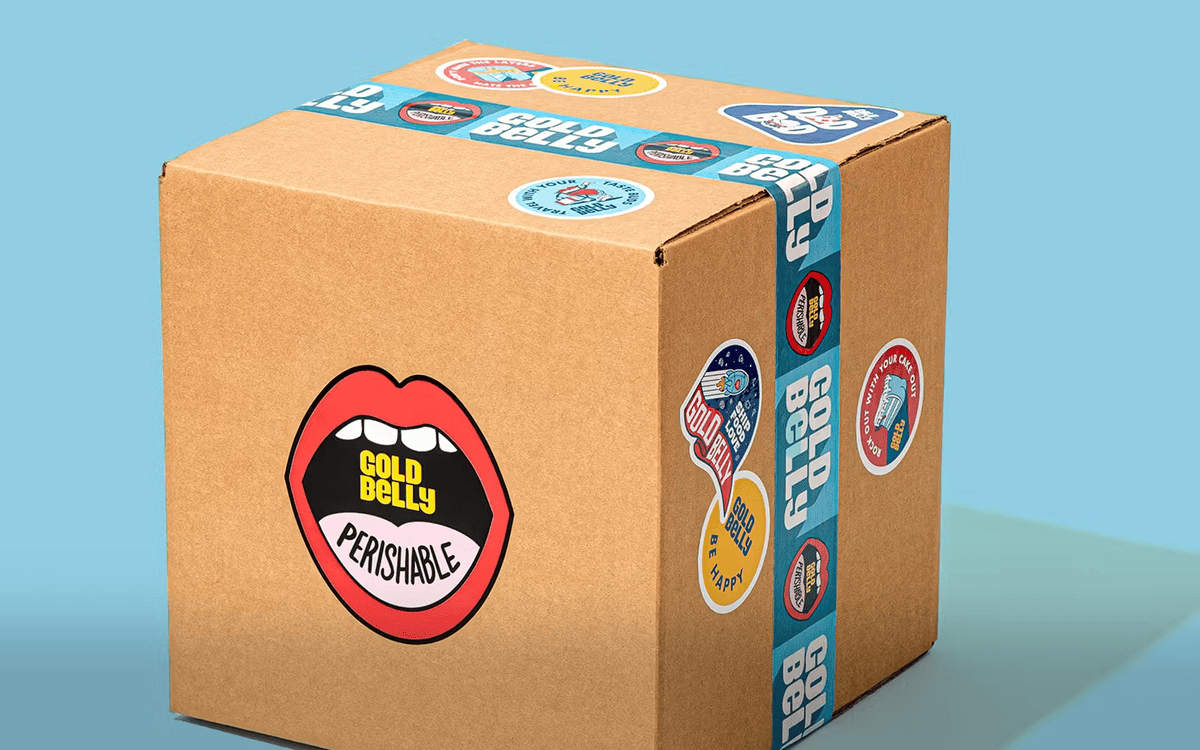
Food products are meant for human consumption, so you have to be extra careful with the packaging materials you’ll use to deliver them. It’s not just about the food containers.
It’s about how you put it all together with dry ice or cold packs to keep it fresh and edible. It’s also about how you design the packaging so it adheres to the strict rules and regulations of shipping food items.
What exactly are these rules that you have to follow?
Here are a couple of things you must consider before shipping out your food products.
1. Distance Selling
This means selling food that won’t be consumed immediately after it’s bought. This doesn’t mean food that’s bought as takeout.
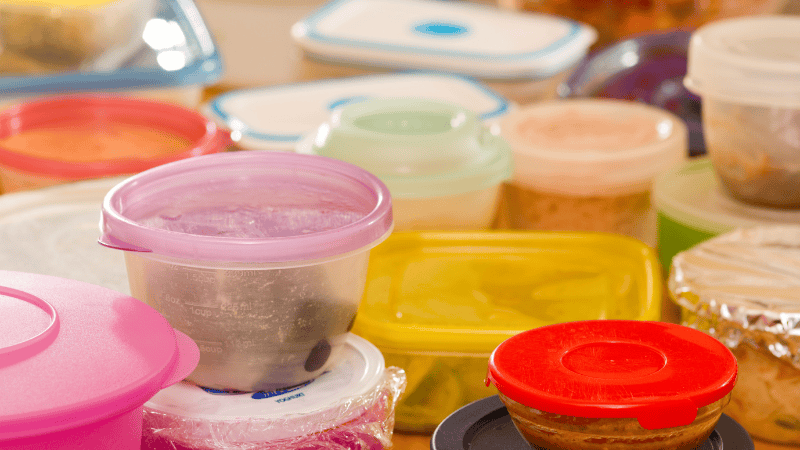
The food is ordered online, by phone, by mobile app, or even by mail order. The bottom line is that distance selling means the food will travel a long distance, taking hours or even a day or two in transit.
First of all, check local delivery regulations to see how you should package refrigerated foods. Do you need it surrounded by dry ice? Or will gel packs be enough to keep it cool?
You have to consider issues that might occur when the food is in transit. Delays can happen, so you need to be prepared with a plan to deal with them. You’ll read more about contingency plans later in this article.
In the meantime, there’s one important regulation to which all food and beverage products should pay attention.
2. Allergen Regulations

While your food may not have any toxic or hazardous material on it, there’s one problem that could put you out of business: allergens.
You probably know about Natasha’s Law if you’re in the food business. This law was created to increase product transparency. It was put into law after a tragic incident with a 15-year-old girl who unknowingly consumed a product that had an ingredient she was severely allergic to, causing her to pass away.
This is why, before you ship food and put it in a shipping container, ensure the customers receiving it know exactly what’s in your product.
That means before they click to buy the product online, you should provide them with a list of ingredients used to create your product. Include warnings like “might contain nuts” or other common allergens.
Also, ensure that handling the product before shipment minimizes the chances of cross-contamination.
3. Perishable Food Delivery
If you’re shipping perishable foods, it’s important to consider the distance it’ll travel. It can’t travel long distances, even if you put enough dry ice or gel packs around the food. It can’t stay in its shipping box for a very long time.
This is why there’s a strict rule that perishable food products can’t travel overseas. You can’t ship food internationally.
The only exception is if you ship it with other perishable foods in a specially refrigerated container that’ll prevent spoilage. This is what huge food companies do. They have a cold chain of facilities to deliver their products.
But if you don’t have that, stick to delivering your food products to local customers.
4. Food Safety Plan and Documentation
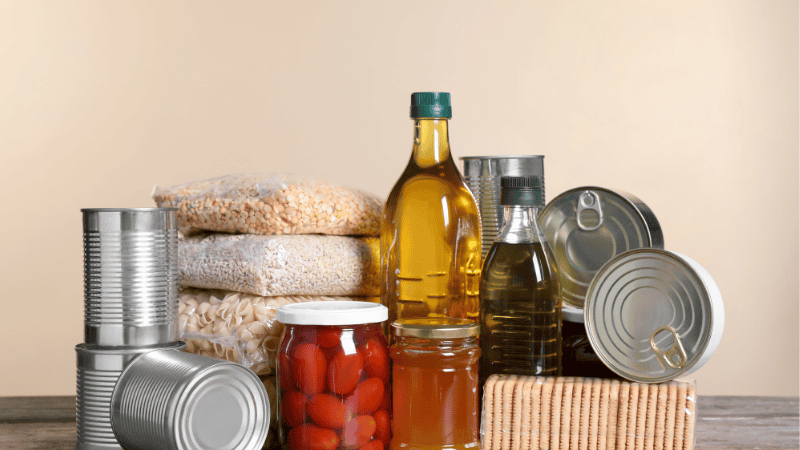
Before shipping food products, you have to assemble a system to ensure the safety of every delivery. You can call it a Food Safety Management System. But it’s also known as Hazard Analysis Critical Control Point (HACCP) documentation. It’s a plan that’ll guide everyone on what to do when shipping food.
It indicates how much dry ice to use and if plastic wrap is needed. It warns of allergens that are just as bad as hazardous materials.
It also includes testing the shipping box to ensure that it won’t be easily damaged and compromise the food inside.
It also gives instructions on how to ensure that the food received won’t cause harm.
Make sure these plans are regularly updated and improved.
5. Refrigerate High-Risk Food
The food shipping regulations will include a list of what they consider to be high-risk food products. These are the ones that require special shipping to ensure that they won’t spoil during transit.
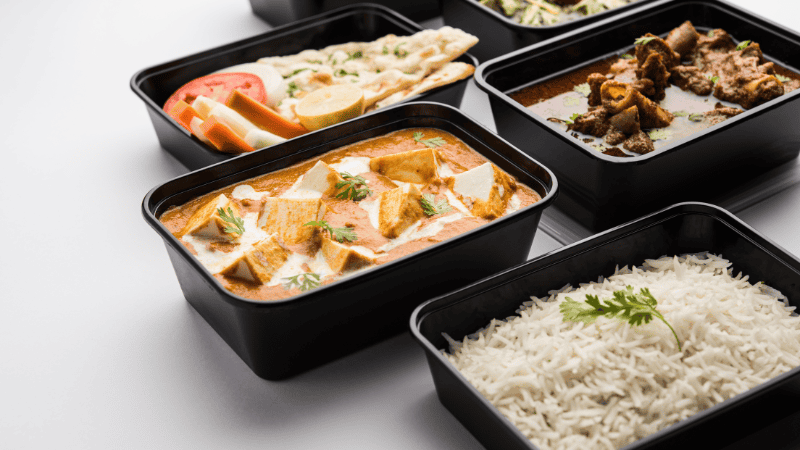
For instance, shipping fruits requires a specific temperature and packaging to keep harmful bacteria from growing as they’re being delivered. Frozen food has a specific temperature requirement when being transported. If you have to use dry ice, make sure you have enough.
High-risk foods also include those that are already cooked. These include cooked seafood, meat or poultry, dairy products, sauces, any food with uncooked eggs, etc. These may have to be categorized as refrigerated foods, but make sure you know what they need. Would gel packs be enough, or do you need dry ice?
6. Keep Low-Risk Food from Contamination
Some low-risk foods may not require refrigeration, cold shipping boxes, or dry ice – but they still need proper packaging to keep them safe from contamination.
Among the products that are considered low-risk are pickled products, honey, syrups, jams, and other preserves, vinegar, dried pasta; and other sweets. These are considered safe from bacterial growth as long as they are kept dry.
Once you’ve put these in a cardboard shipping box, make sure you keep the glass jars from getting damaged. If one breaks, it could compromise the rest of the products inside. Use enough bubble wrap or packing peanuts to keep this from happening.
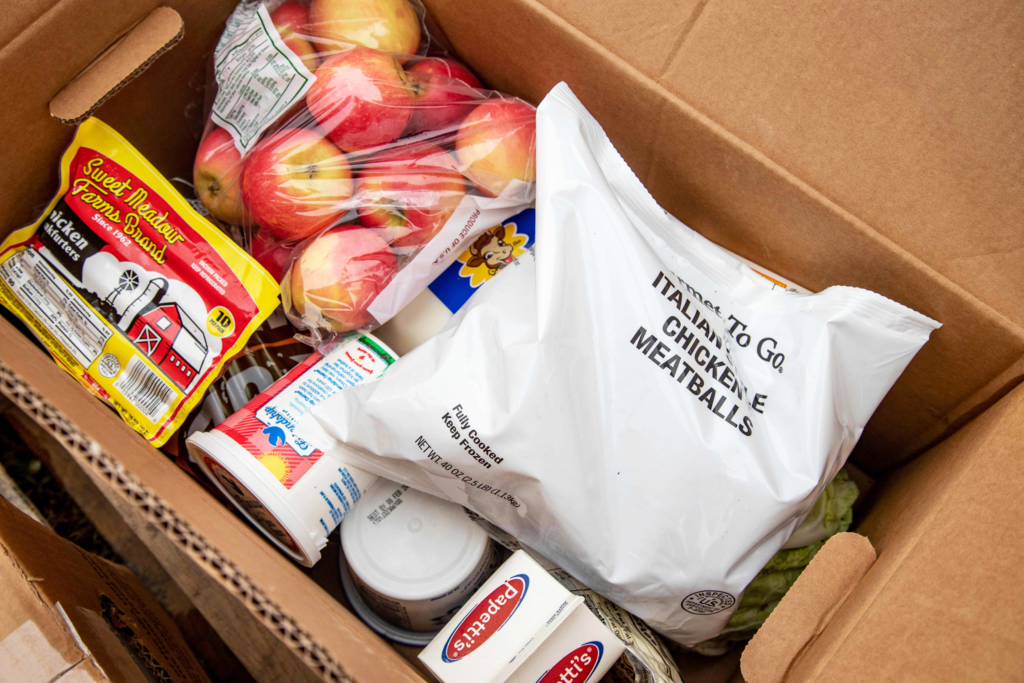
3 Layers of Packaging to Ship Perishable Foods
Since food products require special protection, they require more than one packaging layer. If a regular product has an outer, inner, and shipping container, food products have 3 layers as well.
Get to know these 3 layers’ purpose in protecting the food being shipped.
1. Coolant
This is part of the packaging that’s closest to the food product. The coolant is the one that keeps the product cool or frozen.
The options for coolant include dry ice packs, frozen gel packs, and wet ice.
Dry ice is best for keeping products frozen. It can keep frozen products cool for up to 3 days. When using this, make sure the packaging is labeled to indicate that there’s dry ice inside. It should include the weight of the ice.
Cold packs made of gel are best for products that require temperatures that range from 34ºF (1ºC) to 50ºF (10ºC). What’s great about this is that it doesn’t leak, even if it’s been used for a long time.

Wet ice refers to water turned into ice. That means, over time, this will turn into water. This is why shipping companies require wet ice to be packed in large plastic bags with an absorbent material at the bottom. This is to ensure that it won’t leak and damage the food products it’s tasked with keeping cool.
2. Insulated Shipping Box
Your choice of food product and coolant will have to be put inside an insulated shipping box. This is necessary when shipping refrigerated items. This ensures that the dry ice, gel packs, or wet ice can last longer while regulating the right temperature for the product.
An insulated box for shipping food is typically made of foam. It’s considered to be the best material for insulation purposes. However, since Styrofoam isn’t accepted in some countries, ask your packaging supplier if they have temperature-controlled boxes for shipping.
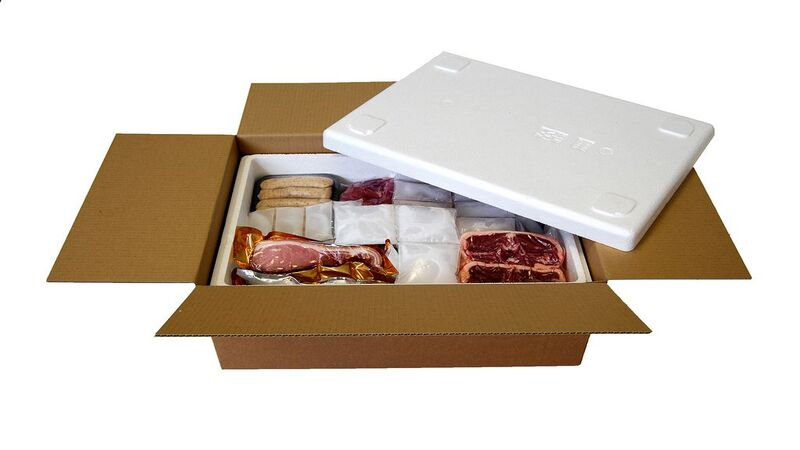
3. Outer Box
Put the insulated container in a shipping box to further protect the products. This will provide extra protection when shipping frozen foods.
Just make sure that when you pack the container inside the box, you put fillers in it so it doesn’t move around. Use packing peanuts or bubble wrap to protect the container inside and the delivered food products.
4. Other Considerations
Apart from the 3 layers mentioned, there are other things that you can add to help protect the perishable items that you’re delivering.
When it comes to shipping food, you can’t be too careful. You don’t have to add extra coolants like dry ice, but sometimes you have to add packaging layers to protect the main products.
For instance, you can add a watertight plastic liner with around 2mm of thickness. You can also add packing peanuts to keep the product from moving. If you use the right material, it can add to the insulation inside the box.
How to Package Food and Keep Them Cold
Not all food products need to be frozen when you send them out to be shipped. You don’t need dry ice packs if you just need to keep them cool. Gel packs will suffice.
Just remember to prepare the gel coolant according to the manufacturer’s instructions. You should also use an insulated container and put a plastic liner in it. Adding absorbent material to the liner keeps the container from leaking.
Put the product inside the container, leaving room at the sides. If the product is liquid, put it in an extra bag. That way, if it spills, it won’t affect the other products inside the container.
Position the coolants at the top and sides of the products. If there are still spaces, fill them with packing peanuts.
Ensure that all plastic packaging is twisted and tightly bound to avoid leaks.
Then you can put it in a corrugated box for shipping. Tape it properly and put the necessary labels—specifically, those hinting at the perishable item—inside.
How to Package Frozen Food

If you ship frozen food, you must start by freezing the products first. Dry ice can freeze your food product, but it’ll last longer if you start with a frozen item.
There’s also a higher chance that the item will remain frozen if the insulated container is cooled before packing. Since you’re using dry ice and not gel packs, your product will last longer in its frozen state.
Before you put the frozen product inside, put on a plastic liner first. While dry ice packs don’t melt, the frozen product might. This can cause water to leak, so provide a liner and an absorbent material under it.
Position the frozen product inside the container and ensure enough space for the dry ice. Put the ice around and on top of it. Be careful to add extra plastic linings to avoid leaks.
Dry ice becomes carbon dioxide in its gas form. So don’t completely seal the package. The ice needs to be able to release the gas.
After everything is secure, put the container inside a corrugated box. Tape it and use the appropriate markings—perishable and dry ice.
6 Tips Before You Ship Food in Shipping Boxes
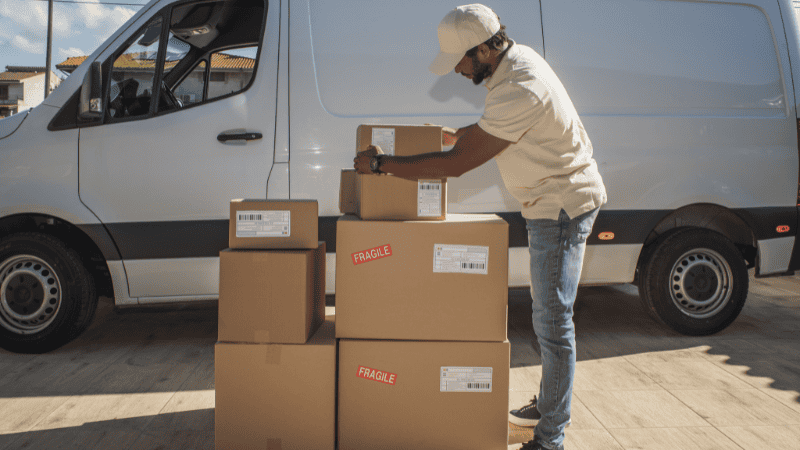
Although it’s more challenging to ship perishable or frozen foods, there are tips that you can use to ensure that nothing happens to them while in transit. There are many rules and regulations to consider and steps you need to follow strictly.
To avoid getting confused, just keep your focus on one goal. Ensure your food product won’t be compromised before it reaches the customer.
Here are some tips that can help make that possible.
1. Book 1st Class Shipping
1st class shipping is a must for frozen foods. This ensures that your package will be sent out immediately. This type of shipping aims to deliver your package the next day – even on Saturdays.
But even if you ship your food product via 1st class shipping, you still have to ensure that your product is packed in a way that can withstand a 48-hour journey, even without the use of frozen water or dry ice packs. This is to guarantee that your food product won’t spoil.

2. Seal It Properly
Shipping with dry ice or frozen water (wet ice) will require two different types of sealing for your packaging. It all has something to do with the way they melt.
When dry ice melts, it doesn’t turn into liquid. It turns into carbon dioxide gas. Wet ice is frozen water so. Naturally, it turns into a liquid when it melts.
So how do you seal your food product?
If you’re using dry ice, you must provide a vent for the gas to escape as it melts. But if you’re using wet ice, you must seal it tight so water doesn’t leak. This could cause damage to other items being shipped with yours.
Leaks can also be avoided by using wet ice packs so the melted water won’t spill out. You should also add an absorbent material at the bottom of the package. Couple this with a properly sealed container, and your food product won’t leak.
3. Pack It Tight
This is ideal for shipping fruits. You want to ensure that they won’t move during shipment to avoid bruising.
Using bubble wrap and packing peanuts will help insulate your product and, at the same time, keep it packed tight. If you want a more sustainable alternative, there are bubble wraps and packing peanuts that are made of plant-based or other eco-friendly materials.
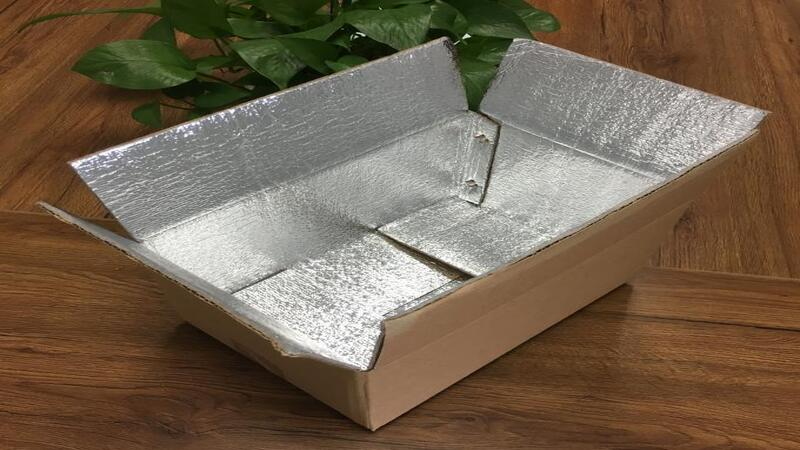
4. Provide the Sender’s Return Address
As the sender of the food product, you need to put your name and return address on the outer packaging. It has to be clear and in a visible place.
This is so the item can be returned to you in case a problem occurs with the recipient. This requirement is a must, so make sure your packaging contains the necessary details; otherwise, the shipping company might leave your package behind.
5. Put Clear Labels
Apart from the sender’s name and address, it would be best if you also put clear labels on the outer packaging. This is to inform the handlers of the package about what’s inside.
For instance, if you’re shipping perishable food with dry ice, you should put the words “Perishable” and “Dry Ice” on the outer packaging.
When it comes to dry ice, you also have to include specific details like the weight of the ice, etc.
6. Use Strong Packaging Materials
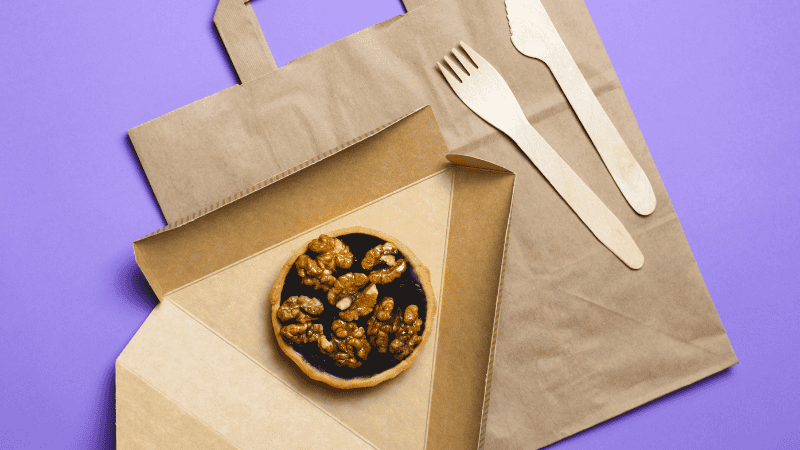
The insulated containers and the outer packaging must be made of strong materials to provide 100% protection for your food products.
Using plastic containers may seem like the best option – but if you want to be eco-friendly about it, you can choose a reusable container so the customer doesn’t have to throw it away immediately. Or you can choose bioplastic materials.
For the outer packaging, you can choose a sturdy corrugated cardboard box. This can easily be printed on or stuck labels on it. This is a sustainable alternative that you can use to deliver food products even across the country.
Conclusion
Shipping food products requires meticulous planning and attention to detail to ensure the safety and quality of the items during transit.
By adhering to important regulations such as allergen labeling, proper refrigeration, and maintaining food safety standards, businesses can prevent costly mistakes and ensure customer satisfaction.
Choosing the right packaging materials—whether for perishable or low-risk foods—along with correct coolant and insulation, is crucial.
Find the Best Food Shipping Box for Your Products
Packaging food products requires you to adhere to many rules and regulations. Although it seems tedious, compliance means your product will reach your customers in good condition. This will keep your customers safe and help build a good reputation for your brand.
If you want to know more about packaging food products, contact us! Packoi printing provides packaging materials that are eco-friendly and robust enough to carry all types of products.
So take action and Contact us today!




